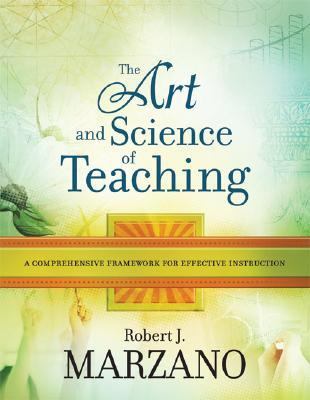Chapter 2 focuses on how kids effectively interact with new knowledge.
Here are my take-aways from the chapter:
- Students need to be actively engaged in the processing of information and that the teaching and learning process involves interaction among the teacher, students and the content.
- Visual instruction involves helping students generate mental pictures for the information being taught
- Graphic organizers are key (See also KU strategies)
- Content needs to be placed into "digestible chunks" (sounds gross)
- Good Common Practices:
- Summarizing and Note taking
- nonlinguistic representations - draw, act, use symbols etc.
- questions - asking students to explain their thinking - Asking Why?
- reflection - recording areas of success and confusion
- cooperative learning (when done right) - viewing content form different perspectives
- Get your content for a unit
- Identify the Critical input experiences - could be a reading, a picture, a theme, a conversation, a field trip, a problem, a game, etc.
- Preview (set up) that critical input experience think KWL strategy
- Organize students into groups - have specific operating rules
- Present in small chunks, ask for descriptions, discussion and predictions
- Ask questions to have student elaborate - find key factors and misconceptions
- Write out conclusions or represent learning nonlinquistically
- Reflect!
How I've used this in my classroom:
Student Choice
I created the following sheet for each of my learning objectives or goals:
I give students the choice of how they best acquire new learning, practice their learning and demonstrate understanding. With practice students are able to develop their own educational plan with my help and guidance that best sets them up for success. Being able to run a "flipped classroom" was a huge piece of this puzzle since students could access direct instruction at their pace and readiness.
See my other posts on Personalized learning:
Personalized learning for every student
Stumpteacher rocked my world
Variety of input
As students progress through the year I opened up my "acquire" phase to many new ideas of learning and student engagement. I attended a conference where I had the chance to meet and listen to Alfred Solis. His model of Project/Problem based learning totally rocked my thinking.
His current work with PBLU.org is shaking up the process of how I think about engaging kids in new learning. Too often we think about rewarding students with the field trip at the end of the learning. Alfred challenges us to Flip that, and use the field trip as the starting off point, the problem statement, the hook that gets kids interested and engaged. See his video below:
For more of his GREAT! stuff and his thinking around Problem/Project based learning check out:



No comments:
Post a Comment